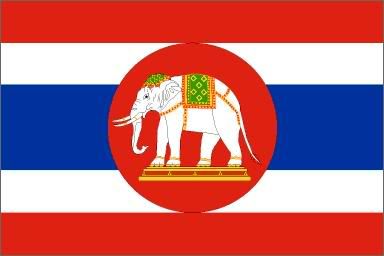PIKE'S EXPEDITION
The first American account of colonial Albuquerque, many historians say, came from a dashing young lieutenant named Zebulon Montgomery Pike in March 1807.
And from his words, he seemed nothing short of impressed as he watched Albuquerqueans prepare for their spring crops by cleaning irrigation ditches. "We saw men, women and children of all ages at the joyful labor which was to crown with rich abundance their future harvests and ensure them plenty for the ensuing year," Pike recalled afterward.
"We saw men, women and children of all ages at the joyful labor which was to crown with rich abundance their future harvests and ensure them plenty for the ensuing year," Pike recalled afterward.
"...The cultivation of the fields was now commencing and everything appeared to give life and gaiety to the surrounding scenery."
Pike's insighful expedition through Albuquerque, however, came about in an unsual way: as a detainee with a Spanish military escort.
He and his American troop were taken south to Chihuahua City for questioning after Santa Fe Gov. Joaquin Real Alencaster's soldiers took them into custody at the upper Rio Grande for trespassing on New Mexico territory.
Just a few years earlier, France had sold the Louisiana Territory to the United States, expanding the new American nation to the tip of northern New Mexico.
At the time, Pike "invited capture as the best means for gaining admittance to New Mexico and seeing what lay behind the Spanish veil," according to Marc Simmons, author of Albuquerque: A Narrative History.
Pike's diary, however, indicates otherwise -- he hadn't meant to intrude but simply lost his way. He thought he was on the Red River within the Louisiana Purchase rather than farther south on the Rio Grande.
His Spanish expedition ended around June 1807 when then military escorted his troop to American land at Natchitoches, Louisiana.
According to Simmons, Pike's expedition revealed that New Mexico offered untapped wealth if Spain's restrictions on commerce and travel could be broken.
It wasn't until 1821, however, that Mexico would declare its independence from Spain and the Santa Fe Trail would open to international trade.
"It is that period, which would last just over a quarter of a century with the signing of the Treaty of Guadalupe Hidalgo that ended the Mexican-American War, that is often misunderstood and understudied," said Carlos Vásquez, the National Hispanic Cultural Center's history and litery arts director.
"It wasn't a down period -- it was really a time that brought economic growth, activity, entrepreneurship," he said. "It wasn't a period of depression but rather one of economic expansion."
In Albuquerque, it also was a time of religious prosperity. The village's only church, San Felipe de Neri, had been built in 1793 to replace the original 1706 mission church. By the 1800s, it was a true focal point for the village, said Tom Steele, author of Albuquerque In 1821: Padre Leyva's Descriptions.
"There was no separation of church and state then -- it was very much a hand-in-glove operation," he said. "So, it was the church that brought people together and to the plaza."
To read more about Zebulon Pike's explorations, check out these two sites:
Zebulon Pike To Santa Fe
Zebulon Pike: Hard-Luck Explorer Or Successful Spy?












ไม่มีความคิดเห็น:
แสดงความคิดเห็น